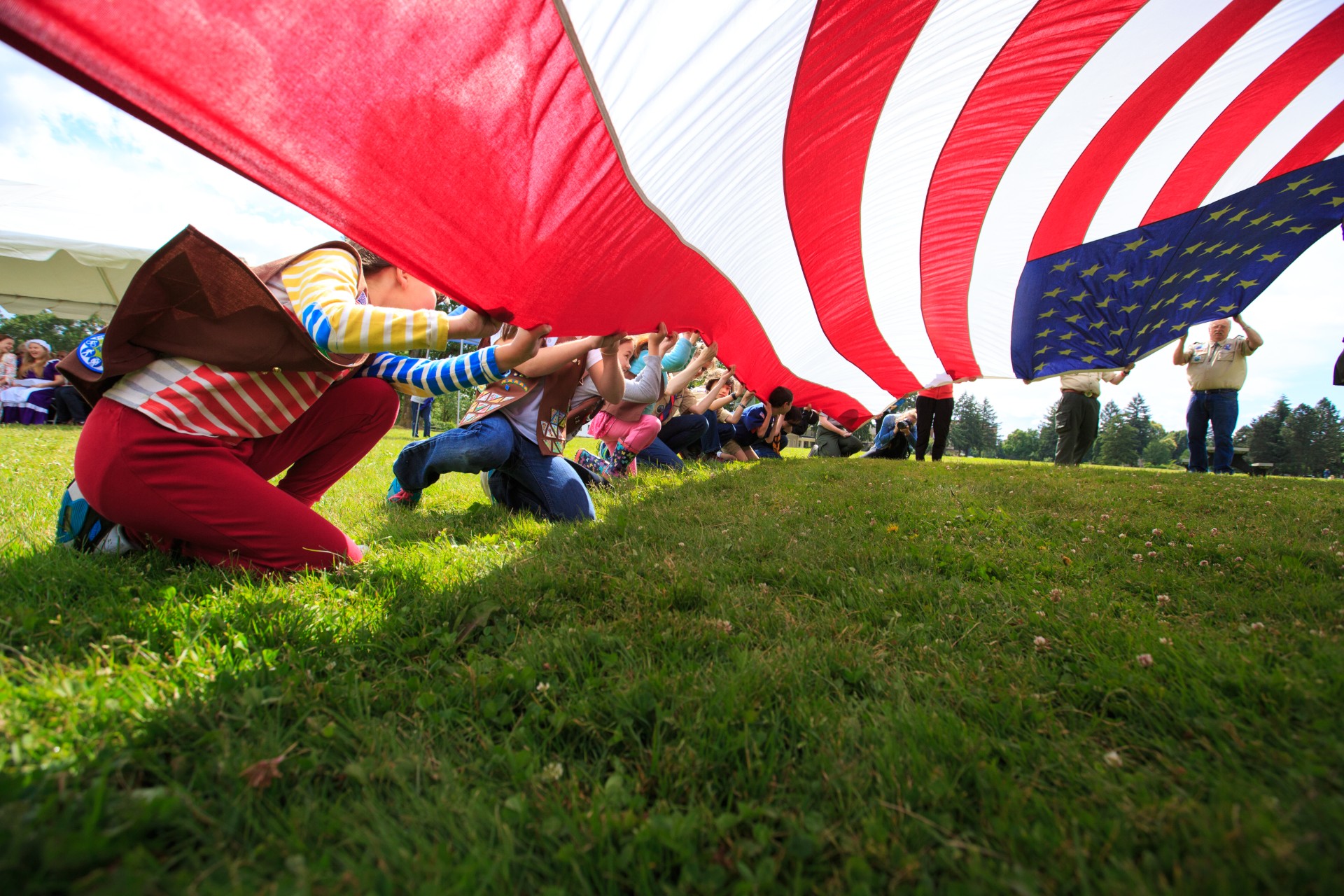Curator’s Corner: Military Aeronaut’s Inspector Pocket Kit Source
Examples of observation balloons circa 1918. From National Archives and Records Administration
Would you have wanted to be in the basket of a giant hydrogen-filled balloon as it flew over a World War I battle? It sounds like a job for only the bravest among us, but before airplanes were commonly used in war, observation balloons were utilized by the Allied Powers and Central Powers in World War I. Observation balloons were first used in the military by the French in 1794. During the Civil War in the United States, both Union and Confederate armies used observation balloons. Using balloons in battle became extremely popular during World War I. They were used to observe the enemies’ trench lines, troop movements, and to accurately direct artillery bombardments. Kite balloons were a type used at sea. More aerodynamic than traditional round balloons, kite balloons with observers were used by ships for anti-submarine work, and by submarines to locate enemy ships.
During World War I, Charles Hayward of Portland, Oregon joined the U.S. Army as a balloon observer. His official rating (job title) was Reserve Military Aeronaut and Spherical Balloon Pilot. In December of 1917, he arrived in France as an observer, and eventually became commanding officer of the 17th Balloon Company. Observation balloons, like the ones Hayward piloted, were stationed two to five kilometers behind the front lines and were able to observe between eight and nine kilometers behind enemy lines.

Close-up view of an American major in the basket of an observation balloon flying over territory near the World War I front . From National Archives and Records Administration
When spotting for artillery fire or marking enemy positions, Hayward and other aeronauts communicated with the ground crews via an airborne telephone system. This was an extremely dangerous duty for both ground crews and observers in the balloons. Ground crews were subject to artillery fire, and balloons aloft made large, tempting targets for fighter planes. Aeronauts did have parachutes to escape enemy aircraft, and in his personal records, Hayward described deploying his at least once.
The tool kit above was Charles Hayward’s official Inspector Pocket Kit, issued by the US Army Signal Corps for use by balloon observers. This kit contains Hayward’s original tools including scissors, folding ruler, tweezers, pliers, pocketknife, file and a screwdriver. Source: The Historic Trust Collection
Military observation balloons had their heyday during World War I, but began to fall out of favor after the war. Although used by both the Russians and Japanese in World War II, manned observation balloons were eventually replaced by observation planes. During World War II, however, a Japanese balloon was responsible for the only deaths in that conflict on continental American soil. In 1945, six people were killed near Bly, Oregon by an exploding balloon bomb. Observation balloons are still in use today, however, they are mainly used to observe the weather from very high altitudes and are now autonomous.



